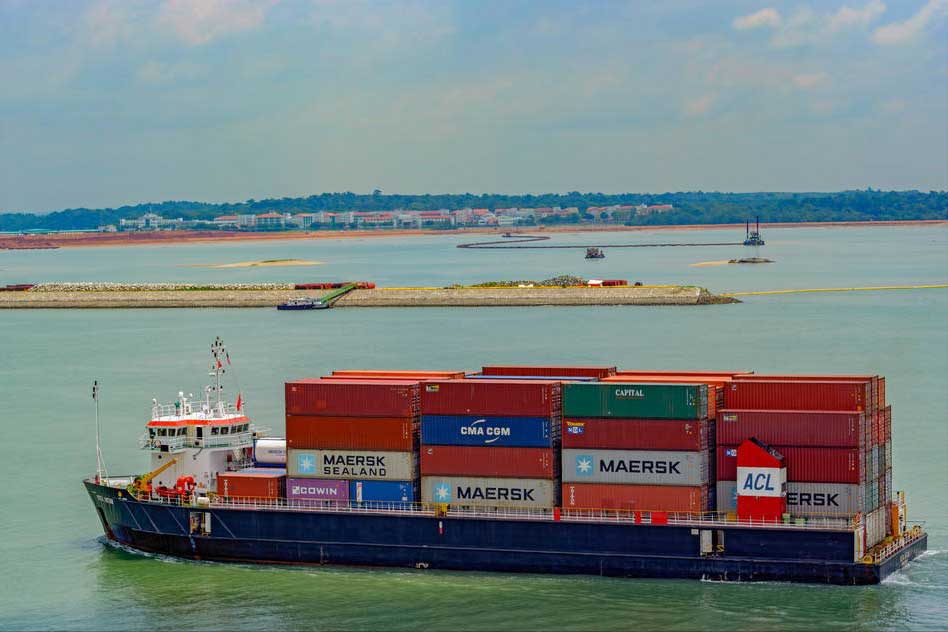
FoodImport agentcustoms clearanceComprehensive Process Analysis
FoodImport agentCustoms declaration is a complex and highly standardized business involving multiple stages and strict compliance requirements. This article provides comprehensive guidance on customs clearance processes, compliance requirements, common issues and solutions.
Customs clearance process
The customs clearance process for food imports typically includes the following key steps:
- Document pre-reviewIncluding commercial invoice, packing list, certificate of origin, sanitary certificate, etc.
- declareSubmit import declaration to customs and pay relevant taxes and fees.
- Inspection of vaccinesFood must undergo sampling inspection by quarantine authorities to ensure compliance with national food safety standards.
- ReleaseAfter passing inspection, customs will release the goods.
Compliance requirements
Food import compliance requirements are very strict, mainly including the following aspects:
- Food labelingMust comply with the importing countrys labeling requirements, including ingredient lists, production date, shelf life, etc.
- Health certificateA sanitary certificate issued by the official authority of the exporting country must be provided.
- Additive usageAdditives used in food must comply with the importing countrys relevant regulations.
Common issues and solutions
During food import processes, common issues include incomplete documentation, failed inspections, and non-compliant labeling. Below are common problems and their solutions:
| The question | The solution |
|---|---|
| Incomplete documentation | Confirm required documents with suppliers in advance to ensure all paperwork is complete. |
| Inspection failure | Select reputable suppliers to ensure food quality meets standards. |
| Non-compliant labeling | Understand the importing countrys labeling regulations in advance to ensure label content compliance. |
Risk management
Food imports involve relatively high risks. The following risk management measures are recommended:
- Select reliable suppliers: Ensure suppliers have good reputation and compliance records.
- Buy insurance: Purchase transportation insurance for goods to cover potential losses.
- Regular training: Conduct regular compliance training for employees to ensure they understand the latest regulations and policies.
Latest policy updates
With changes in the international trade environment, food import policies are constantly being adjusted. It is recommended to closely monitor the following latest policy developments:
- Food Safety Law: Understand the latest food safety regulations to ensureImported foodCompliant with requirements.
- Tariff Policy: Monitor changes in the importing countrys tariff policies to reasonably plan import costs.
- Requirements for testing: Understand the latest inspection and quarantine requirements to ensure smooth cargo clearance.
Through the detailed analysis above, we hope to help you avoid risks and ensure smooth customs clearance during food import agency declaration. For any questions, please feel free to consult professional foreign trade agency institutions.


 Follow Customer Service WeChat
Follow Customer Service WeChat